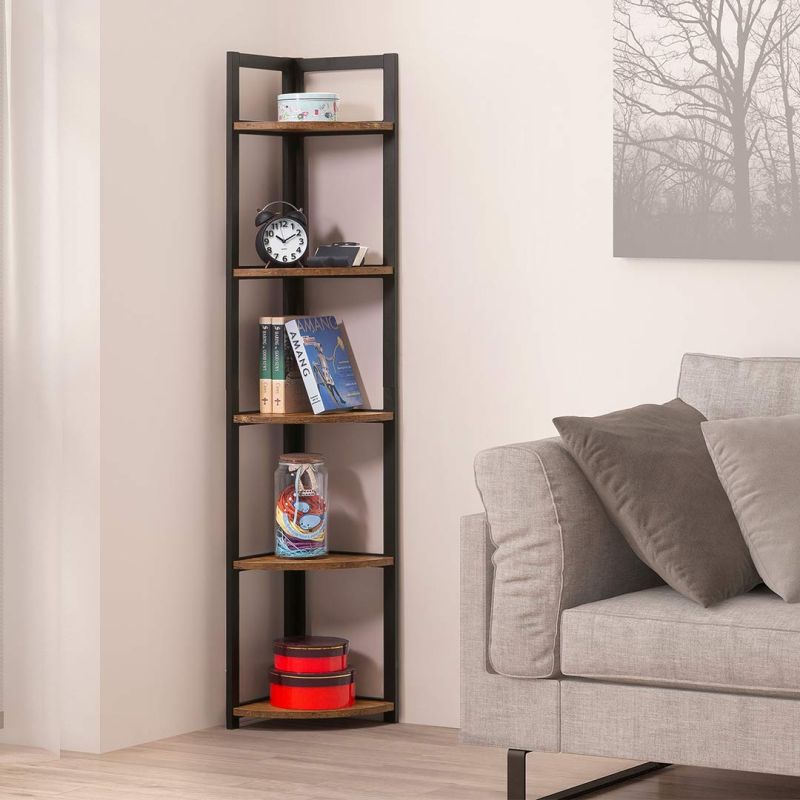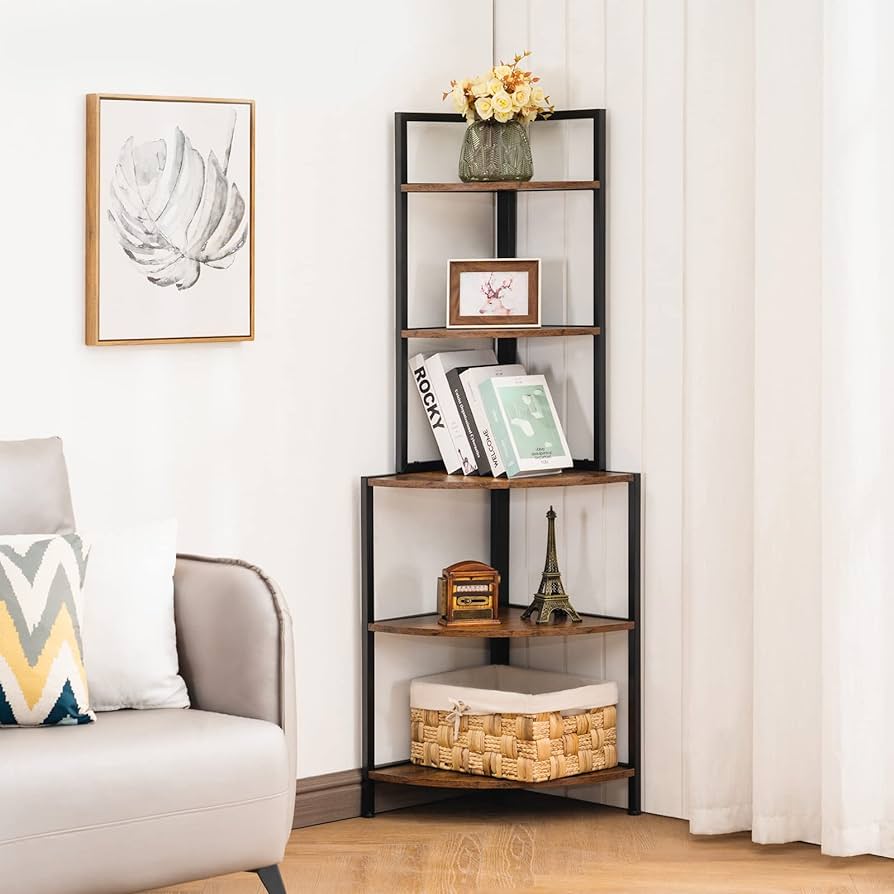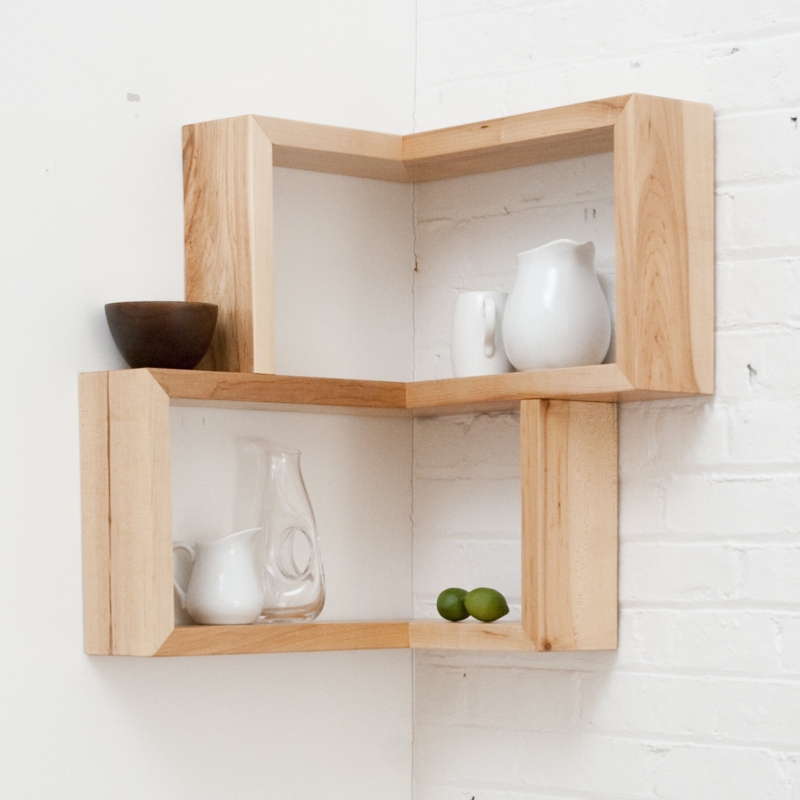Wooden Corner

In the vast tapestry of our surroundings, corners stand as pivotal junctures where lines of different dimensions converge at an angle, giving rise to a space that holds both physical and metaphorical significance. This seemingly mundane aspect of architecture and geometry has, over time, become a subject of intrigue, inspiration, and exploration, finding its way into the narratives of modernist novels where protagonists embark on journeys to discover not only physical corners but also metaphorical realms of self-discovery. Let us delve into the multifaceted nature of corners, exploring their architectural, literary, and symbolic dimensions. At its core, a corner is a meeting point, a juncture where architectural lines intersect to create a distinct and often overlooked space. The nature of this space can vary widely – from the sharp angles of a city skyscraper's exterior to the gentle curves of a cozy nook in a rustic cottage. In the realm of design, architects and interior designers leverage the potential of corners to shape the character of a space. A convex corner, formed by intersecting walls that curve outward, creates a sense of openness and fluidity. This design choice is often embraced to soften the edges of a room, providing a visually dynamic and inviting atmosphere. Convex corners, with their smooth transitions, evoke a sense of continuity and harmony, challenging the rigidity of straight lines. In literature, corners cease to be merely physical spaces; they metamorphose into symbols of transition, discovery, and transformation. Modernist novels, with their emphasis on introspection and the quest for identity, frequently cast corners as metaphors for the unexplored facets of the self.


